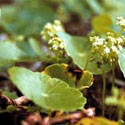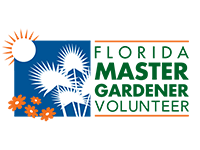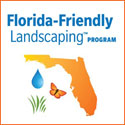The Neighborhood Gardener –
Controlling Weeds in Landscape Beds
There are four common approaches to managing weeds in plant beds: hand pulling, shallow cultivation, mulching, and herbicides.
If only a limited amount of weeds are present in your bed, hand pulling is probably the most effective option. Hand pulling is also one of the most environmentally friendly and cost efficient weed control methods. Make sure you remove the weed’s entire root system when pulling them out of the ground; you can use a small-bladed knife to loosen the roots from the ground.
Shallow cultivation with a hoe or scuffle hoe will “decapitate” and control some weeds if they don’t have root systems that allow them to regenerate.
Mulching your bed can be an effective weed preventative. Mulch obstructs light making it difficult for weeds to develop. Common mulch materials include pine-bark, pine-straw, melaleuca, mixed hardwood, and various stone materials. For maximum effectiveness, this material should be applied at least two inches thick in your bed. Mulch should be kept several inches away from plant bases to keep them healthy.
Herbicides are chemicals that are applied to weeds to prevent or kill them. They can be effective if instructions are properly followed and the correct herbicide is used. Timing of herbicide applications is the key to successful herbicide use. There are many different types; do your research and choose the proper herbicide for your specific weeds.
There's also a preventative method: exclusion. Excluding weeds means not introducing a weedy new plant to the plant bed in the first place, or if they're already present, never allowing them to go to seed—or they will return the following year.





